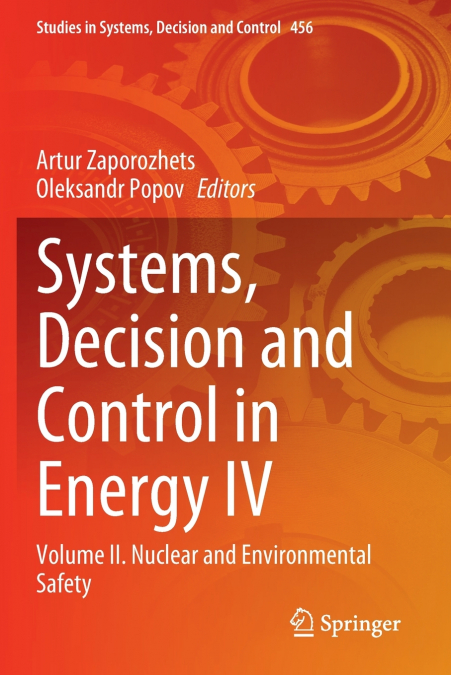
In recent years, the scale of environmental hazards has been growing, emergencies occur more often at special facilities, in particular nuclear power, the largest of which was the accident at the Chernobyl nuclear power plant in Ukraine on April 26, 1986. With the advent of nuclear power, it was believed that nuclear power reactors were safe enough, control and monitoring systems, protective screens and trained personnel would guarantee their trouble-free operation. There is also a trend now that nuclear power is 'environmentally friendly' because it provides a reduction in greenhouse gas emissions with replacing power plants working on fossil fuels. Some countries, such as the United States, have recently classified nuclear energy as a renewable energy source. Despite this, nuclear power is potentially dangerous due to: - possible accidents at power plants, accompanied by the ejection of radioactive materials into the environment; - ejections of about 250 radioactive isotopes into the environment as a result of the operation of nuclear reactors; - emissions of 85Kr, which changes the electrical conductivity of the atmosphere. This gas behaves like a greenhouse gas in the atmosphere, thereby contributing to anthropogenic climate change on Earth; - pollution of the biosphere with plutonium; - radioactive waste is the most important cause of environmental hazard, which remains unresolved. Civilian nuclear power reactors operating throughout the world annually generate large amounts of low-, medium- and high-level radioactive waste. Radioactive pollution accompanies all parts of the complex production of nuclear energy: the extraction and processing of uranium, the operation of nuclear power plants, the storage and regeneration of fuel, which has a significant impact on the environmental friendliness of nuclear energy. In addition, up to 300 natural and technogenic emergencies are registered annually, as a result of which people die and great economic damage is caused. The main reasons for the occurrence of technogenic accidents and catastrophes and the strengthening of the negative impact due to the occurrence of natural and technogenic emergencies in Ukraine are: obsolete fixed assets, in particular for environmental purposes; large volume of transportation, storage and use of hazardous substances; the emergency state of a significant part of public utility networks; insufficient investment support for the process of introducing the latest resource-saving and environmentally friendly technologies in environmentally hazardous industries, primarily in the metallurgical, chemical, petrochemical and energy sectors; environmental problems associated with significant changes in the state of the geological and hydrogeological environment and caused by the closure of unprofitable mining enterprises and mines; unwillingness of economic subjects to take measures to prevent accidents and catastrophes at high-risk and potentially hazardous facilities.